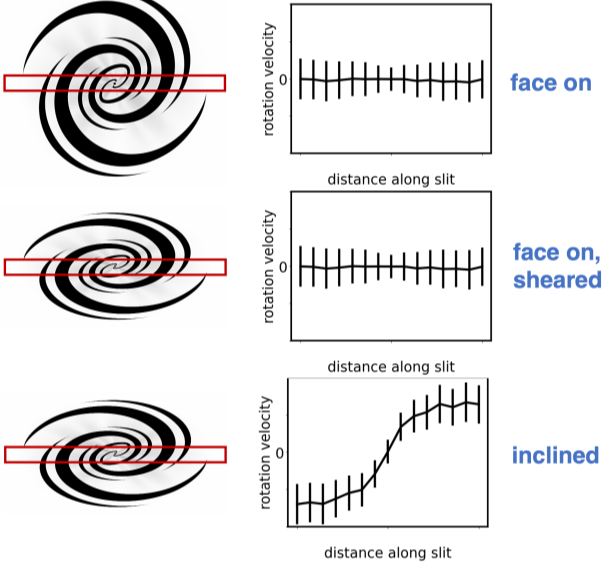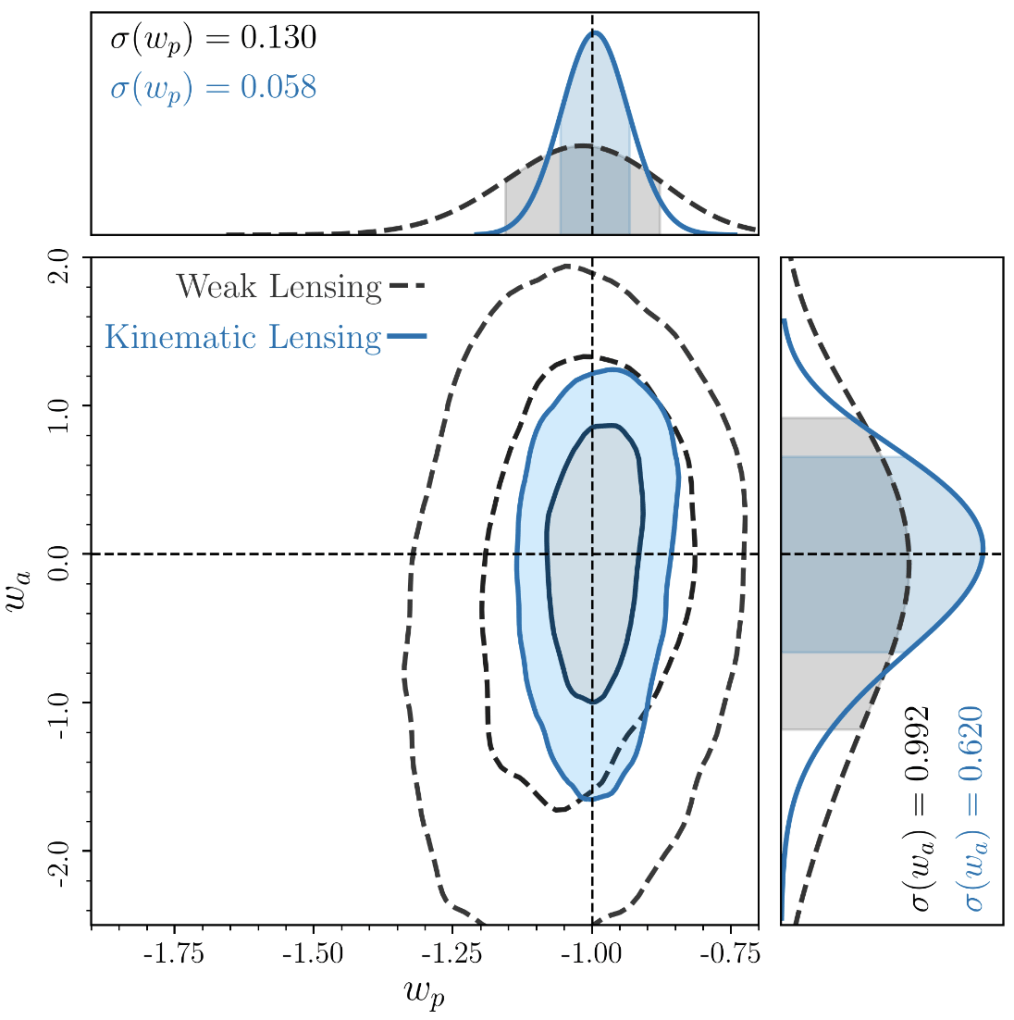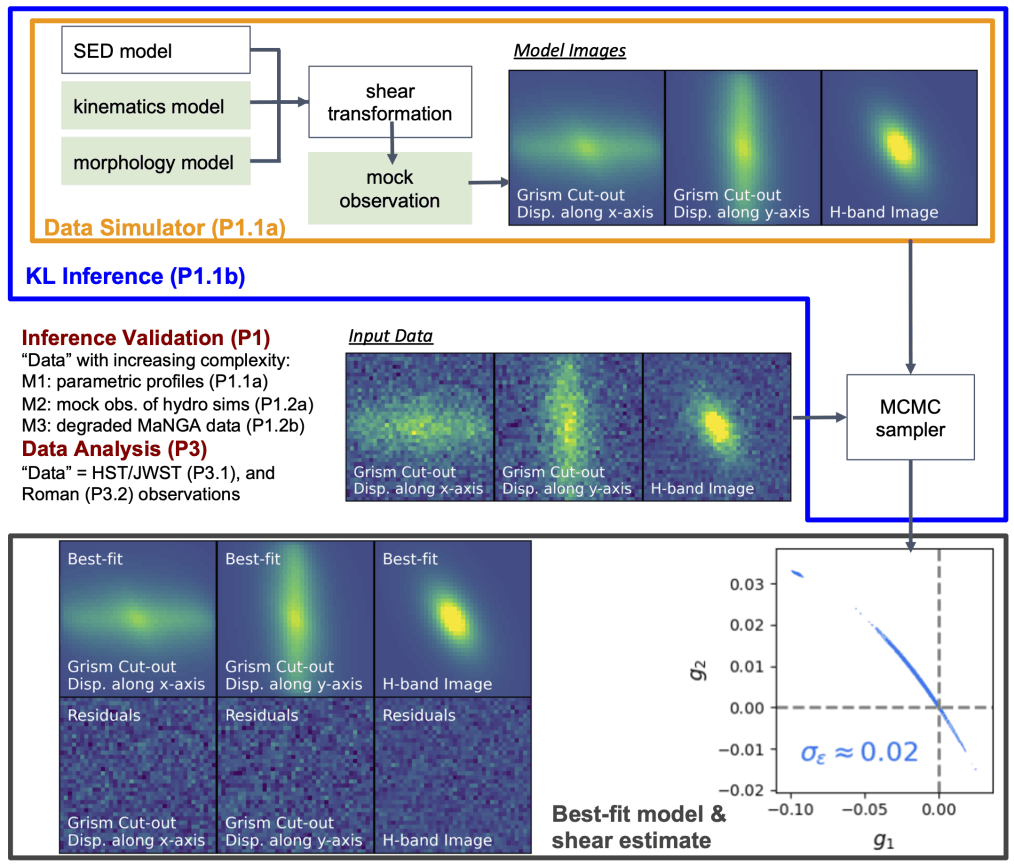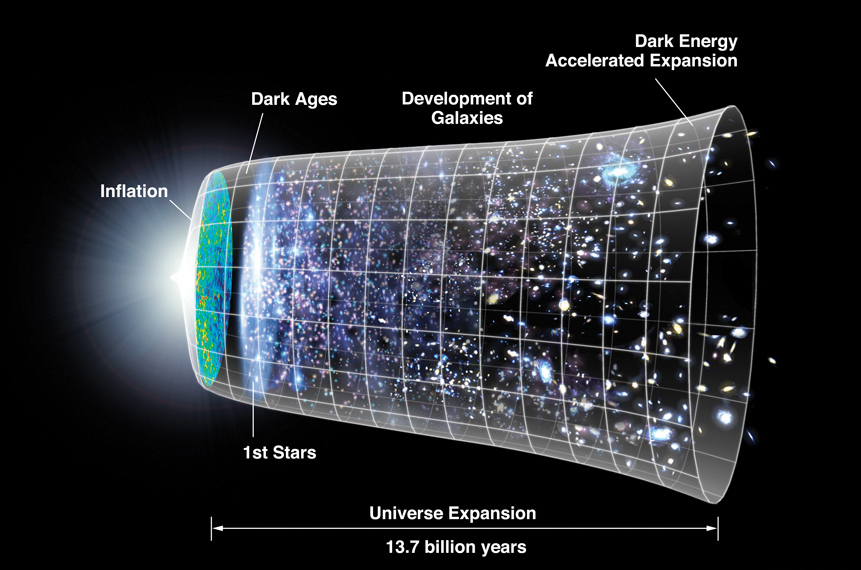
Multiprobe Cosmology
We combine different cosmological probes and datasets to explore fundamental physics in the Universe.
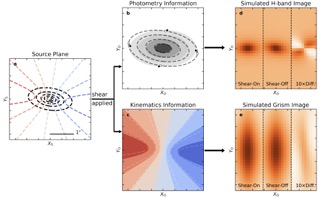
Kinematic Lensing
KL combines imaging and spectroscopic data into a new type of shear inference. It is a promising avenue for cosmological measurements.

Inflation
The NASA SPHEREx satellite mission will constrain the physics of inflation, a rapid expansion of space, in the early Universe.

Machine Learning
We use ML to accelerate complex calculations of cosmological models and to learn features in large datasets.
